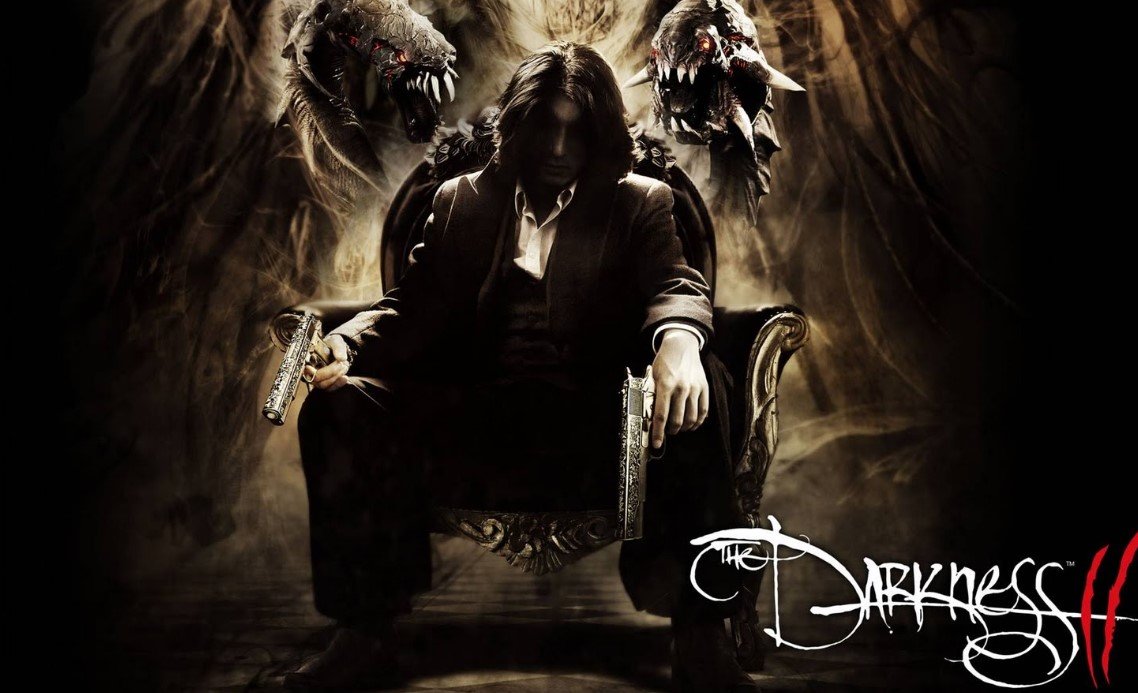In an era where the gaming industry often looks forward, a classic from the past has been reimagined to captivate a new generation of players. “Alone in the Dark,” a title that pioneered the survival horror genre, has been reborn in 2024, offering a fresh narrative intertwined with the familiar dread that once haunted the corridors of Derceto Manor.
A New Dawn for Horror
The revival of “Alone in the Dark” is not merely a remaster but a complete re-envisioning of the original game. Set in the gothic American South of the 1920s, the game introduces players to a world where the line between reality and nightmare blurs. As players navigate through the eerie Derceto Manor, they encounter portals to otherworldly dimensions, grotesque creatures, and a plot that thickens with every step into the unknown.

The game’s narrative, penned by cult horror writer Mikael Hedberg, known for his work on “SOMA” and “Amnesia,” promises a deep psychological journey. The involvement of monster designer Guy Davis and the haunting melodies of Doom Jazz composer Jason Köhnen set the stage for a truly immersive experience.
Unveiling the Shadows
At the heart of the game’s story are two protagonists, Edward Carnby and Emily Hartwood, brought to life by the Hollywood talents of David Harbour and Jodie Comer. Players can choose whose perspective to adopt, with each character offering a unique viewpoint and altering the game’s events and endings. This choice adds a layer of replayability, encouraging players to explore all facets of the game’s dark narrative.
The gameplay itself remains true to the series’ roots, with a focus on exploration, puzzle-solving, and combat. However, the developers have introduced modern mechanics and storytelling techniques to ensure the game feels current and engaging.
Beyond the Veil of Reality
“Alone in the Dark” stands as a testament to the enduring appeal of survival horror. It pays homage to its origins while charting a new course for the genre. The game’s release has sparked discussions about the importance of preserving video game history and the potential of reimagining classics for new audiences.



































